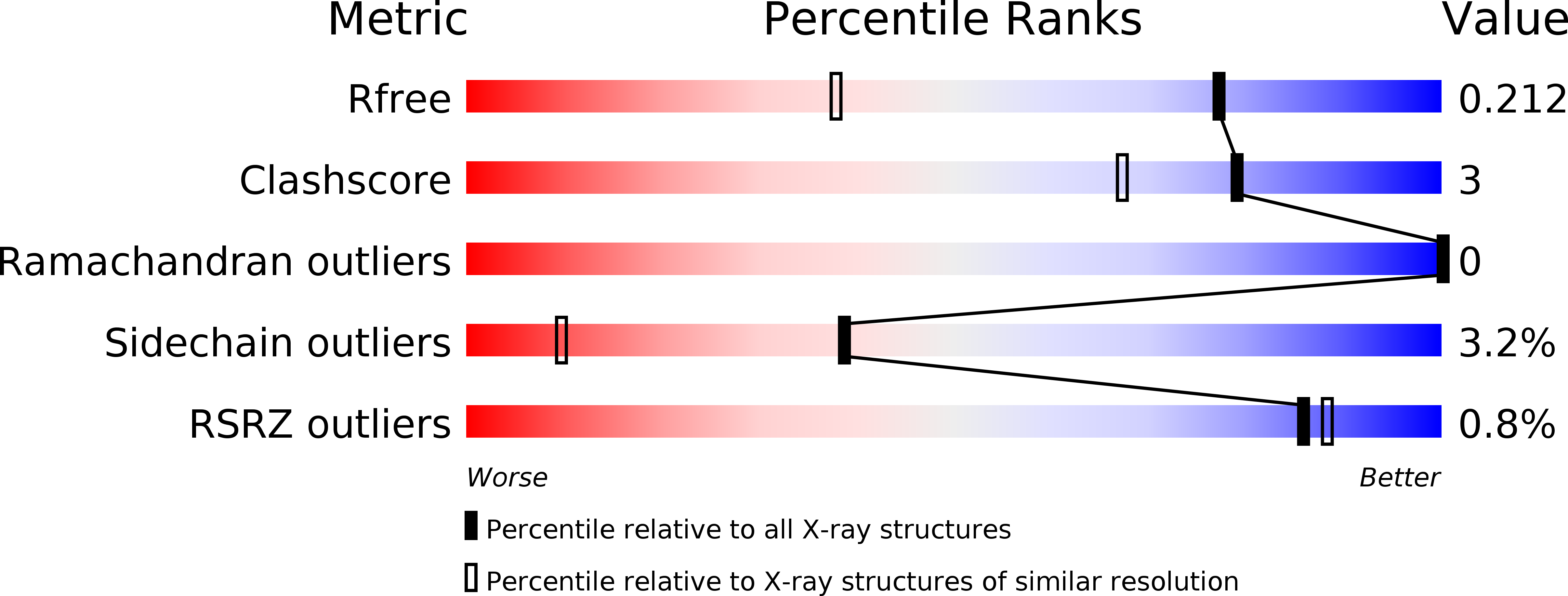
Deposition Date
2016-09-29
Release Date
2017-04-26
Last Version Date
2023-10-04
Entry Detail
PDB ID:
5TH4
Keywords:
Title:
Crystal Structure of 1-hydroxypyridine-2(1H)-thione bound to human carbonic anhydrase 2 L198G
Biological Source:
Source Organism:
Homo sapiens (Taxon ID: 9606)
Host Organism:
Method Details:
Experimental Method:
Resolution:
1.47 Å
R-Value Free:
0.21
R-Value Work:
0.18
R-Value Observed:
0.18
Space Group:
P 1 21 1


